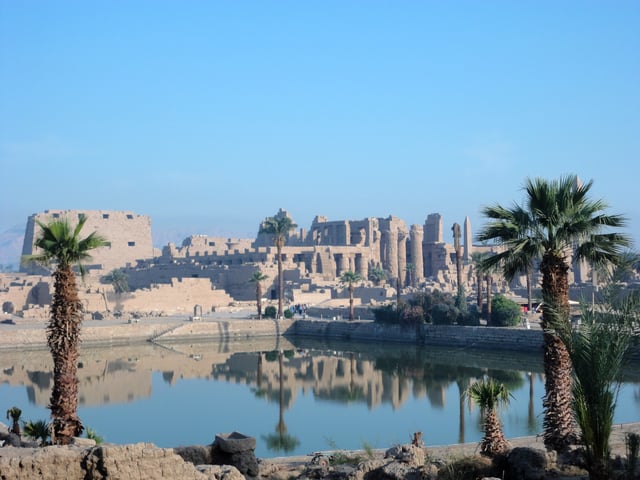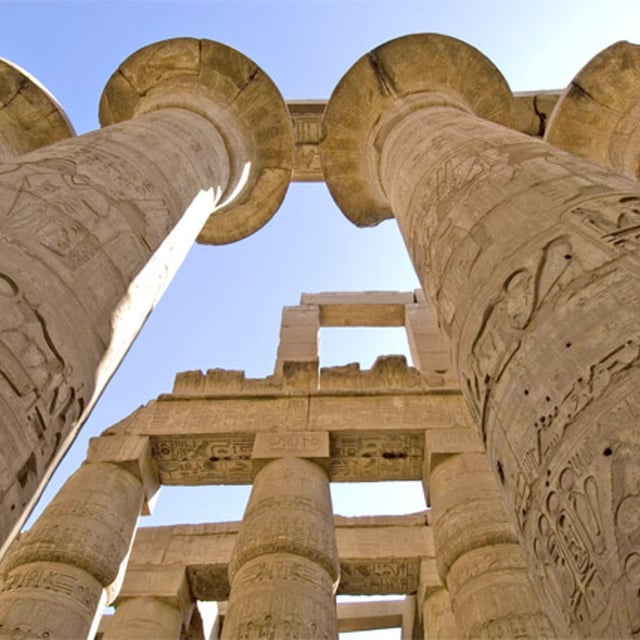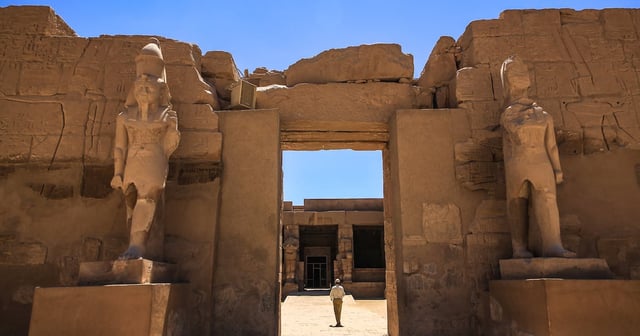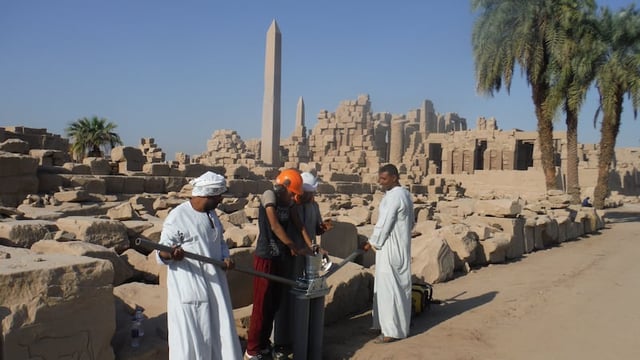Overview
- Researchers analyzed 61 sediment cores and tens of thousands of ceramic fragments to map the site’s palaeolandscape and chronology.
- Sediment evidence shows the area was regularly flooded before about 2520 BCE, placing first occupation in the Old Kingdom, with the earliest ceramics dated to roughly 2305–1980 BCE.
- The temple’s earliest building rose on a fluvial terrace created by diverging Nile channels, with later expansion occurring as channels silted and shifted.
- Data indicate deliberate river modification by ancient builders, including dumping desert sands into channels to create new ground for construction.
- The team advances a plausible link between the island-like setting and Amun‑Ra creation imagery and plans expanded surveys across the Luxor floodplain.



